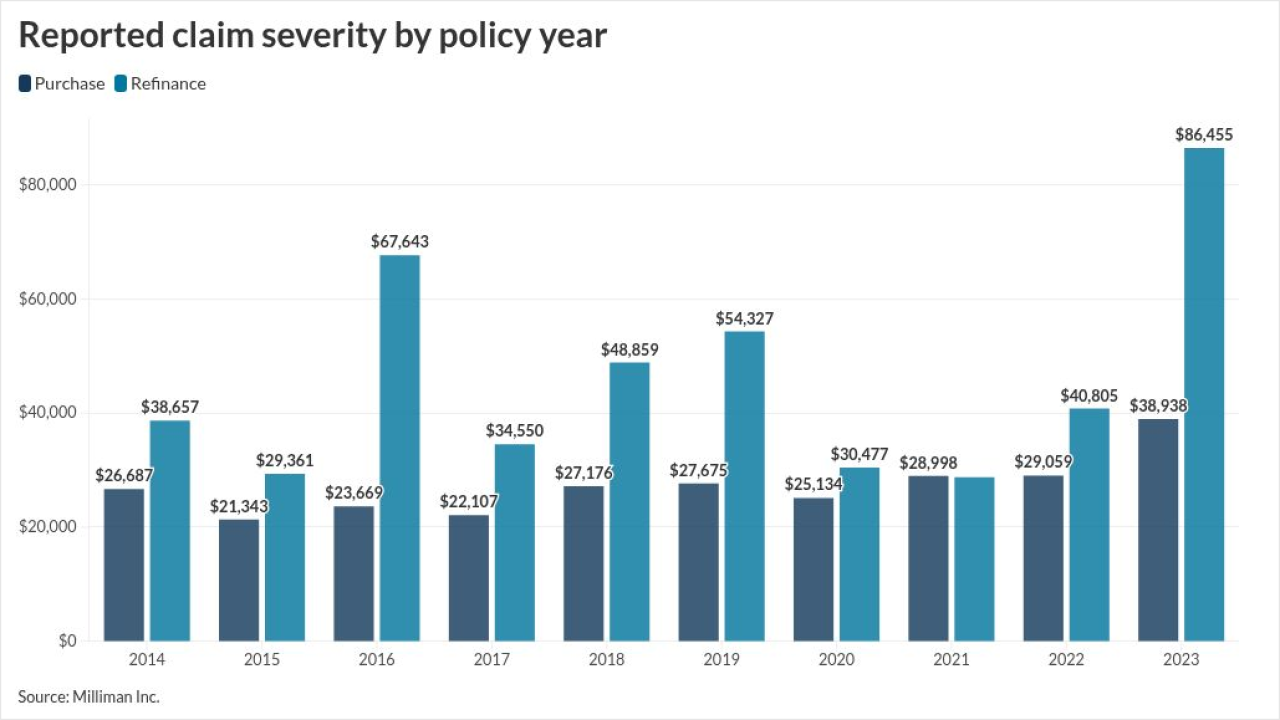- Key insight: Fed Vice Chair Philip Jefferson described a delicate balancing act, supporting moderate rate cuts to protect jobs while keeping long-term inflation under control.
- Supporting data: GDP growth slowed to 1.6% in the first half of 2025, and tariffs are nudging prices higher as long-term expectations remain anchored.
- Forward look: Jefferson emphasized durable inflation expectations and a flexible approach under the revised Fed framework.
PHILADELPHIA — Fed Vice Chair Philip Jefferson Friday said slowing economic growth and a cooling labor market are raising downside risks to employment, while tariffs are nudging inflation higher.
Jefferson's remarks, delivered to a crowd at the Drexel Economic Forum, expressed his ongoing concern with rising prices related to tariffs. However, he characterized the tariff-driven effects as largely one-off, and expects inflation from those tariffs to run its course this year.
"Short-term inflation expectations have come down from the peaks reached in the second quarter, and most measures of longer-term inflation expectations have been largely stable, suggesting that the American people understand our commitment to returning inflation to our 2% target," Jefferson
Jefferson's speech is emblematic of a tricky balancing act that Fed officials have been grappling with all year: The labor market is softening, but inflation remains above target, creating risks to the economy from either lowering or raising rates. He signaled support for modest rate cuts to protect jobs while keeping a close eye on long-term price stability, as evidenced by his vote for a 25 basis point reduction at the last FOMC meeting.
"This change moved our policy rate closer to a more neutral stance while maintaining a balanced approach to promoting our dual-mandate objectives," Jefferson said, adding he is open to further easing if the labor market weakens, but not at the expense of unmooring inflation expectations.
He noted that economic growth has slowed somewhat this year. GDP grew at 1.6% in the first half of 2025, down from 2.4% last year, with weaker consumer spending the main hindrance.
The remarks come at a time when the government is
Vice Chair Jefferson said that the delay in data was not a major concern, given he makes his decisions based on the collective economic data available.
Jefferson also discussed the Fed's
"At the time of the FOMC's previous framework review, during 2019 and 2020, policymakers were considering an economy that had for many years demonstrated low growth, low inflation, and a very flat Phillips curve — meaning that inflation was not very responsive to slack in the economy," he said. "The overarching concern for central bankers at that time was how to operate when short-term interest rates are near the [effective lower bound]. Today, of course, we are operating in a very different environment, at least in part brought on by the economic consequences of the COVID-19 pandemic."







